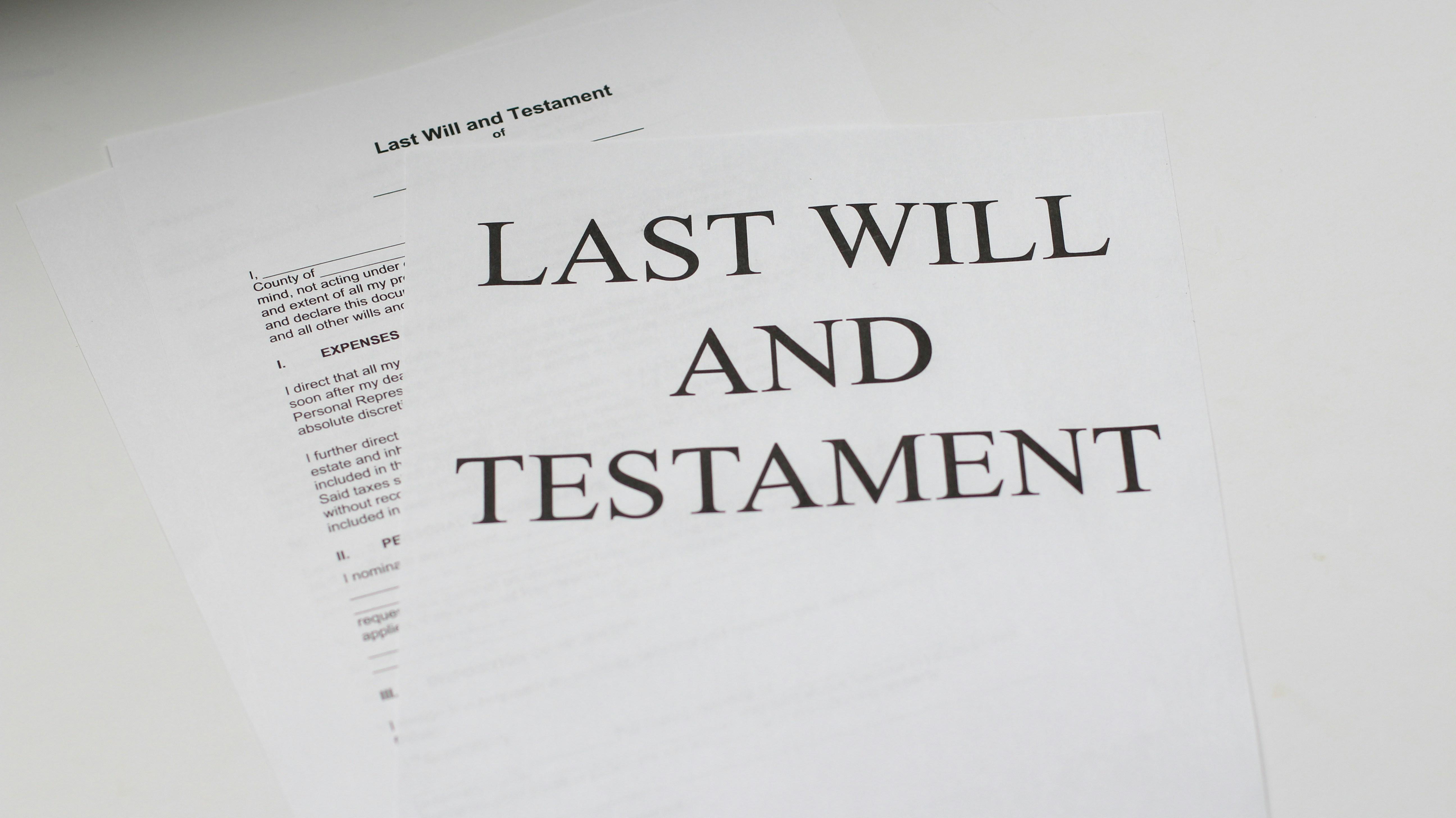Margaret Atwood‘s 1985 novel, The Handmaid’s Tale, has long been lauded as a seminal work of dystopian fiction, its chilling exploration of totalitarianism and gender oppression resonating with readers across generations. Decades later, Atwood revisited the world of Gilead with her 2019 release, The Testaments. The arrival of this sequel was met with anticipation and scrutiny alike, sparking a debate that extends beyond literary circles: Should The Testaments be viewed as a necessary continuation of Offred’s narrative, offering fresh insights into the dystopian regime, or does it represent a strategic cash-grab, capitalizing on the renewed interest spurred by the successful television adaptation? This article delves into the complexities surrounding Atwood’s decision to expand her narrative universe, examining the motivations, implications, and reception of The Testaments to determine whether it stands as a legitimate literary endeavor or a commercially driven enterprise.
Evaluating the Narrative Continuity Between The Handmaids Tale and The Testaments
In analyzing the narrative continuity between Margaret Atwood’s The Handmaid’s Tale and its sequel, The Testaments, it’s essential to delve into how the two works align and diverge in their storytelling. Atwood’s original novel paints a harrowing picture of a dystopian society, focusing on the personal struggles of its protagonist, Offred. The Testaments shifts gears by expanding the narrative through multiple perspectives, offering a broader view of Gilead’s society. This structural shift can be seen as a bold attempt to enrich the world Atwood initially created, but it also poses questions about the coherence of the overarching narrative. Does the inclusion of these new voices enhance our understanding of Gilead, or does it merely dilute the intimate tension that made The Handmaid’s Tale so compelling?
Critics and fans alike have debated whether The Testaments serves as a necessary continuation or merely a commercial endeavor. Several factors contribute to this discussion:
- Character Development: The sequel introduces new characters and revisits familiar ones, but does this expansion feel organic or forced?
- Thematic Evolution: Are the themes of resistance and empowerment in The Testaments a natural progression from the original, or do they serve a different narrative purpose?
- World-Building: How effectively does The Testaments build on the dystopian landscape established in The Handmaid’s Tale?

Analyzing the Economic Implications of The Testaments Release
The release of *The Testaments* by Margaret Atwood has sparked a wide array of discussions, not only in literary circles but also in economic terms. The publishing industry often grapples with the balance between artistic integrity and commercial success, and this sequel provides a perfect case study. From a financial perspective, several factors come into play:
- Market Demand: The anticipation for a sequel to *The Handmaid’s Tale*, a novel that has become a cultural phenomenon, was immense. The demand was further fueled by the success of its television adaptation, creating a fertile ground for high sales.
- Brand Extension: Publishers often leverage successful franchises to maximize revenue. The release of *The Testaments* aligns with this strategy, potentially expanding the audience and revitalizing interest in the original work.
- Timing: Released at a time when social and political themes resonate strongly with audiences, the book taps into contemporary issues, increasing its appeal and marketability.
These economic implications underscore the complex interplay between creative decisions and financial incentives in the publishing world. Whether viewed as a necessary artistic continuation or a strategic financial maneuver, the release of *The Testaments* exemplifies the intricate dynamics at play when iconic narratives are expanded.

Exploring Reader Reception and Critic Reviews of The Testaments
The reception of The Testaments by readers and critics has been a tapestry of diverse opinions, reflecting both enthusiasm and skepticism. On one hand, many readers have lauded the novel for its compelling continuation of the world first introduced in The Handmaid’s Tale. They appreciate the depth and development of characters like Aunt Lydia, offering a fresh perspective and further exploration of Gilead’s dystopian society. Some praise it as a necessary sequel, arguing that it provides closure and a sense of hope that was absent in the original.
- Readers appreciate the multi-narrative structure, which adds complexity and richness to the story.
- Critics note the timeliness of the themes, resonating with contemporary socio-political issues.
Conversely, there are voices that question whether the novel is merely a cash-grab, capitalizing on the renewed interest sparked by the TV adaptation. Some critics suggest that it lacks the raw originality and impact of its predecessor, feeling that it was perhaps too reliant on its status as a sequel to achieve success. While some argue that the narrative sometimes feels contrived to align with popular demand, others view it as an expansion that dilutes the harrowing potency of the original tale.
- Detractors argue that certain plot developments feel predictable or forced.
- There are critiques about whether the sequel truly adds value to the original narrative.

Recommendations for Readers Considering The Testaments
For those contemplating diving into The Testaments, it’s important to weigh several factors that might influence your reading experience. Consider whether you’re drawn to Margaret Atwood’s literary style or the dystopian universe she has crafted. If the former, you may find the narrative and character development compelling regardless of its role as a sequel. However, if the latter piques your interest, assess whether you seek further exploration of the themes introduced in The Handmaid’s Tale or if you fear potential dilution of its impact.
- Continuity of Story: If you’re eager to learn more about Gilead’s evolution and the fate of its characters, The Testaments offers new perspectives and deeper insights.
- Literary Value: Atwood’s distinctive voice remains intact, providing a narrative that stands robustly on its own merits, even if viewed independently of its predecessor.
- Commercial Motives: Reflect on whether the book’s release aligns with a genuine extension of the narrative or serves predominantly commercial interests. This could affect your appreciation of the sequel.
Ultimately, the decision hinges on what you hope to extract from this continuation. Whether seeking closure or simply an engaging read, understanding your own expectations is key.
To Wrap It Up
whether “The Testaments” should be viewed as a necessary sequel to “The Handmaid’s Tale” or as a mere cash-grab is a complex question that hinges on multiple factors. On one hand, the novel provides a continuation and expansion of Margaret Atwood’s dystopian world, offering readers deeper insights into the fates of beloved characters and the socio-political dynamics of Gilead. It serves as a narrative bridge that connects past events with potential futures, satisfying a long-standing curiosity among fans. On the other hand, the timing of its release, coinciding with the resurgence of interest due to the television adaptation, raises questions about the motivations behind its publication. Ultimately, the decision rests with individual readers, who must weigh the literary and thematic contributions of “The Testaments” against the broader context of its creation and marketing. As with many sequels, its value is likely to be seen differently depending on one’s perspective, making it a subject ripe for ongoing discussion and analysis.
